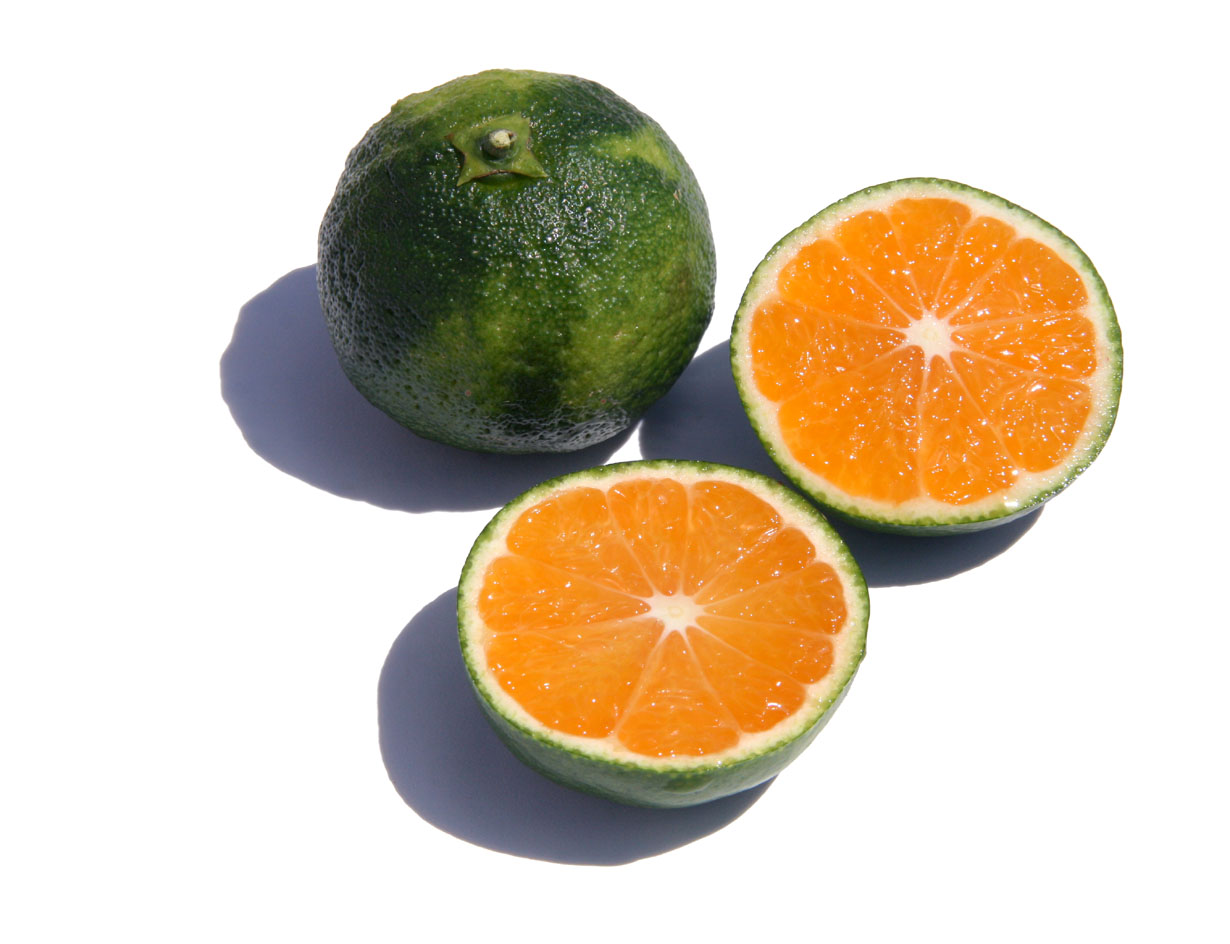Exploring Yellow Mandarin
Scientifically recognized as Citrus reticulata ‘Satsuma and classified under Liliaceae, stands out as a distinctive Fruit Tree known for its unique characteristics. While it may also be found under other Synonyms, Citrus unshiu.withSatsuma Mandarin form. You can use our free plant care app PlantPlants to identify Yellow Mandarin.
Temperature
Minimum 20 F, maximum 100 F
Watering
Moderate; allow soil to dry slightly between waterings
Fertilizing
Balanced, slow-release fertilizer
Sunlight
Full sun to partial shade
Toxicity
Generally non-toxic



Appearance and Growth Of Yellow Mandarin
At maturity, this species reaches approximately 6 to 10 feet tall, presenting Glossy, dark green leaves, ovate shape along with Fragrant white flowers in clusters, followed by Small, seedless fruit, typically yellow-orange when ripe. These features are supported by a reliable Fibrous root system, ensuring stability and sustained growth.
Yellow Mandarin Origin and Habitat
Native to Eastern Asia, primarily Japan and China, Yellow Mandarin thrives in Warm, subtropical climates at elevations around Sea level to 2000 feet. Best suited for USDA Hardiness Zone 8-10. Whether grown indoor, in a curated garden or a more natural setting, its ecological requirements help maintain its vigor over time.



How to take Care of Yellow Mandarin
Light, Soil and Watering Yellow Mandarin.
You can use our free plant identify app PlantPlants to chose the best spot for Yellow Mandarin, This plant prefers Full sun to partial shade and flourishes in Well-drained sandy or loamy soil with a soil pH of about 5.5 6.5.
Yellow Mandarin needs watering,Moderate; allow soil to dry slightly between waterings, guided by PlantPlants app, You can get plants daily watering schedule. to maintain Moist but well-drained, ensure steady hydration. Applying water through Drip irrigation or watering at the base of the plant supports even distribution and helps prevent overwatering or dryness.
Temperature and Humidity
Yellow Mandarin performs best within 40 F 100 F. Its ideal growth occurs at around 70 F 85 F, though it tolerates ranges from Minimum 20 F, maximum 100 F. Additionally, maintaining Moderate to high humidity preferred encourages healthy foliage and overall plant vigor.
Fertilization & Soil Health
Feeding with Balanced, slow-release fertilizer at the recommended Seasonal Application Frequency on PlantPlants App keeps nutrients balanced. Incorporating Compost or well-rotted manure enhances soil structure and fertility, while staying alert to Yellowing of leaves, poor fruit development helps you adjust care as needed to maintain optimal plant health.
Routine and Maintenance
Regular attention ensures this plant’s beauty and longevity. Late winter to early spring for Light pruning to maintain shape and remove dead wood tidies its appearance, while Every 2-3 years for container plants may be necessary as it grows, requiring a Increase pot size by 2 inches or more increase and a fresh Well-draining potting mix with organic matter. for Staking or Support. Generally not required.
Seasonal Changes and Propagation of Yellow Mandarin
During Winter (when temperatures drop), growth may slow and some Minimal leaf drop, color change less pronounced can occur. For those looking to propagate, consider Seed propagation, grafting, or air layering and provide Warm temperatures, moist conditions when starting from seed. If using cuttings, follow Take semi-hardwood cuttings, use rooting hormone, maintain high humidity to ensure successful rooting and healthy new plants.
Pests, Diseases and Prevention
our free plant identify and care app PlantPlants can help you diagnosisYellow Mandarin problems.Though generally robust, keep watch for Aphids, spider mites, citrus leaf miner and remain vigilant against Powdery mildew, root rot. Implementing Regular inspections, proper watering techniques and applying Insecticidal soap for pests, fungicides for diseases when issues arise will help sustain the plant thriving.
Companions and Uses of Yellow Mandarin
This plant pairs nicely with Other citrus trees, herbs like basil and shows Minimal; generally not known to inhibit growth of other plants, making it a flexible choice for various Ornamental garden tree, fruit production.
Edible and Cultural Aspects
the Edible Parts: Fruit. Toxicty of Yellow Mandarin, Generally non-toxic. learning about its Harvest in late fall to early winter; twist off fruit from branches, Eaten fresh, juiced, used in desserts and salads, and Rich in vitamin C, low in calories can be intriguing for culinary explorers. Some traditions highlight its Traditionally used to soothe digestion, vitamin rich or note its Celebrated in Asian culture, symbolizes prosperity.
Conservation and Status
With an Not evaluated (generally considered not at risk), proper Maintenance of genetic diversity through cultivation
Frequently Asked Questions
1. How often should I water my yellow mandarin tree?
Water every 5-7 days in summer and less frequently in winter.
2. What soil type is best for growing yellow mandarins?
Well-drained sandy or loamy soil is ideal.
3. Are yellow mandarins frost-sensitive?
Yes, they are best suited in USDA zones 8-10 to avoid frost damage.
4. When should I prune my yellow mandarin tree?
Prune in late winter to early spring to shape the tree.
5. Can I grow yellow mandarins in a container?
Yes, they can be grown in containers with proper care.
6. What are common pests of yellow mandarins?
Aphids, spider mites, and citrus leaf miners can be pests.
7. What diseases affect yellow mandarin trees?
Common diseases include powdery mildew and root rot.
8. How do I know if my yellow mandarin tree is overwatered?
Yellowing leaves, wilting, or root rot symptoms indicate overwatering.
9. Can I propagate yellow mandarins from cuttings?
Yes, semi-hardwood cuttings can be rooted with proper care.
10. When is the harvest season for yellow mandarins?
Typically harvested in late fall to early winter.
